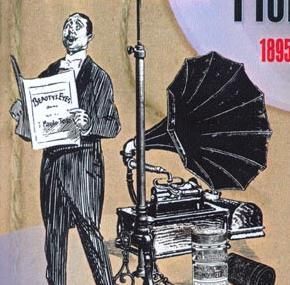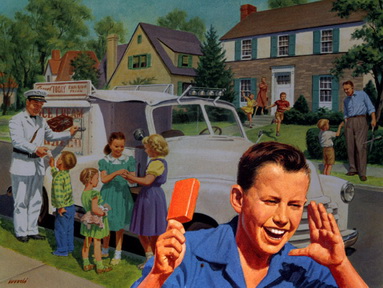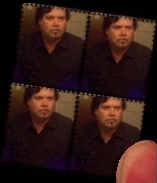By Mike Viola

There is a base human need to consume. We gotta eat. We do it with food, we do it with sex, we do it with raising our kids. We do it with movies, music, musicals, paintings, pictures, pictures of musicians in musicals who paint movie posters. The list goes on. What do we love more than lists? Crossing something off our lists. Consuming our lists.
Let’s walk right past the “I wanna be famous” stage of being an artist. Even though you tell yourself and everybody else around you that you “don’t want to be famous, I just want to be heard.” You’re kidding yourself. You’re hungry. I know very famous people at the top of their game. One guy is the only surviving member of his era. He’s the best. Everyone knows he’s the best. And it’s not enough for him. And that hunger has nothing to do with more fame. He’ll die starving, a very rich man.


